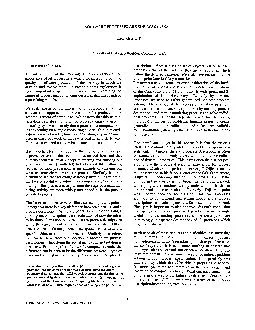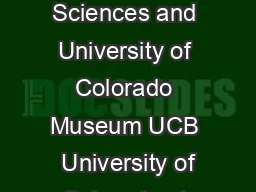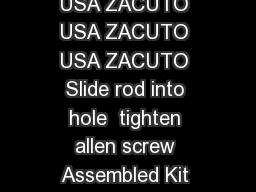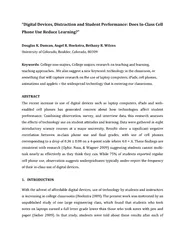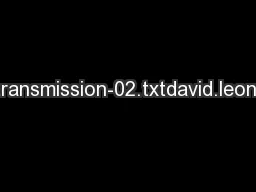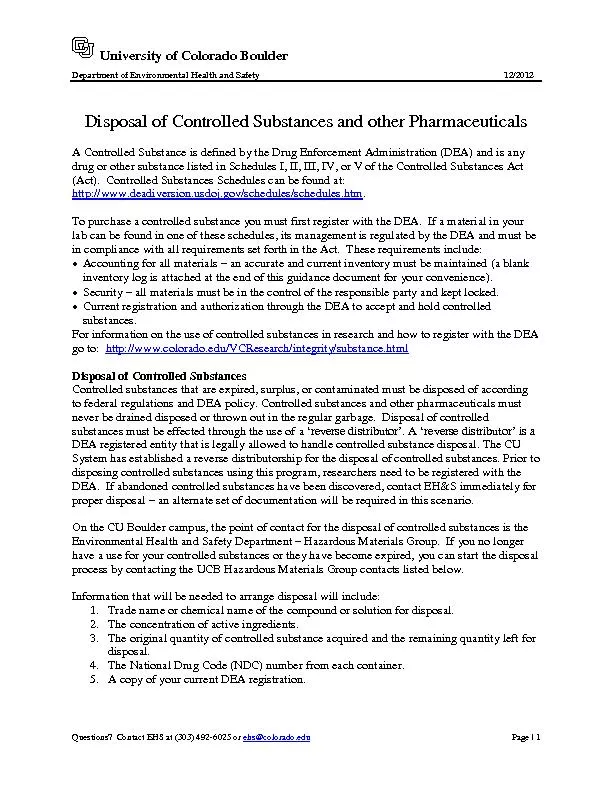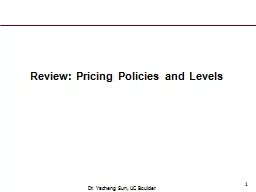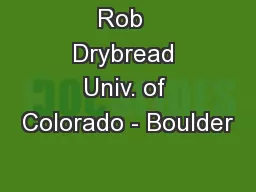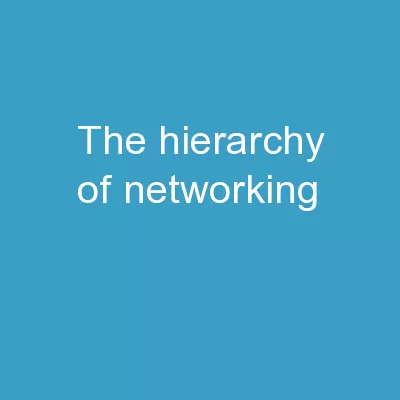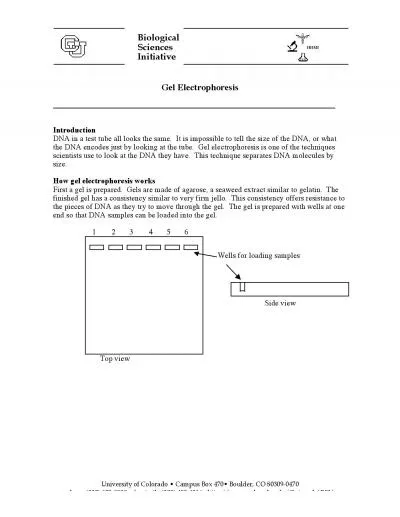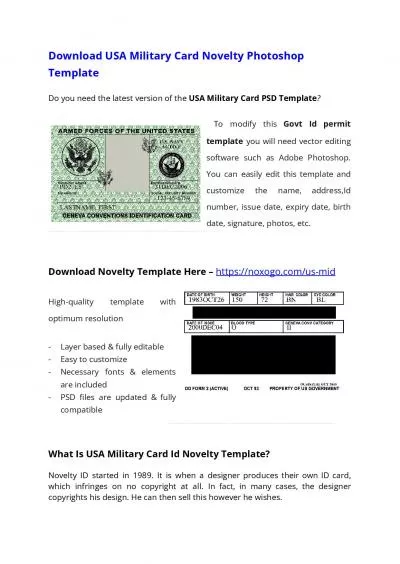PDF-SOFTWARE PROCESSES ARE SOFTWARE TOO Leon Osterweil University of Colorado Boulder Colorado
Author : debby-jeon | Published Date : 2014-12-21
The Nature of Process The major theme of this meeting is the exploration of the importance of ul process as a vehicle for improving both the quality of software
Presentation Embed Code
Download Presentation
Download Presentation The PPT/PDF document "SOFTWARE PROCESSES ARE SOFTWARE TOO Leon..." is the property of its rightful owner. Permission is granted to download and print the materials on this website for personal, non-commercial use only, and to display it on your personal computer provided you do not modify the materials and that you retain all copyright notices contained in the materials. By downloading content from our website, you accept the terms of this agreement.
SOFTWARE PROCESSES ARE SOFTWARE TOO Leon Osterweil University of Colorado Boulder Colorado: Transcript
Download Rules Of Document
"SOFTWARE PROCESSES ARE SOFTWARE TOO Leon Osterweil University of Colorado Boulder Colorado"The content belongs to its owner. You may download and print it for personal use, without modification, and keep all copyright notices. By downloading, you agree to these terms.
Related Documents

